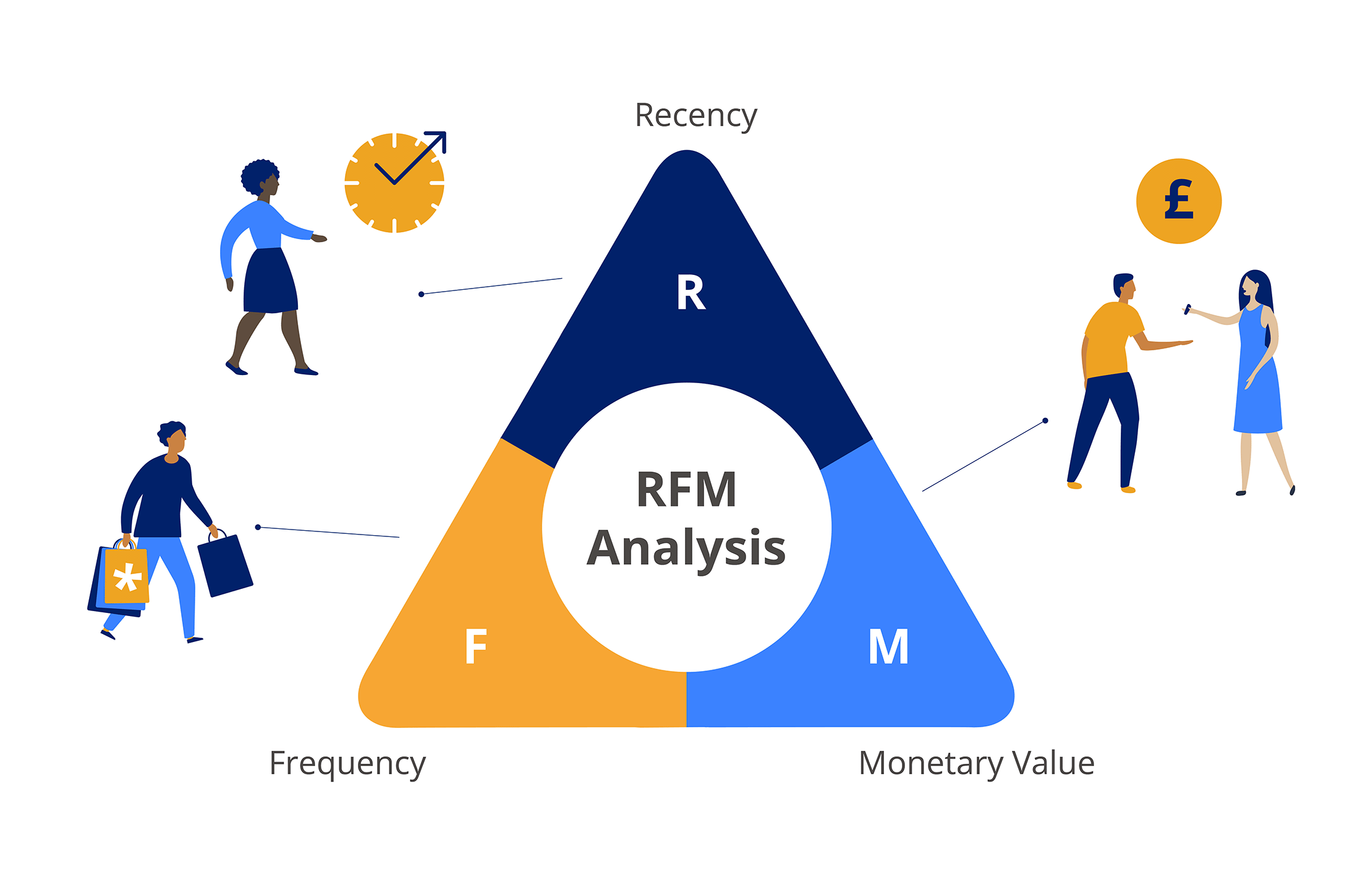Unlocking the Power of Customer-Centric Insights for Marketers and Customers
In the race for customer-centric excellence, understanding runs deeper than products. Discover how united customer data propels marketing, fuels loyalty, and secures a strategic seat at the decision-making table.

Navigating Beyond Product-Centricity
In today’s customer-centric landscape, businesses often place great emphasis on product selection or creation strategies to meet evolving consumer demands. However, a common pitfall arises when companies fail to extend their customer-centred approach beyond the initial strategic phases and product development. This oversight can often-times be attributed to a lack of deep customer insights, which hinder the ability to understand and engage with customers effectively.
By unifying diverse customer data sources, including marketing, sales, returns, and operational data; companies can harness valuable customer-centric intelligence. This article explores the impact of such insights on the bottom line and emphasises the significance of marketing in owning and leveraging this knowledge.
The Importance of Customer-Centricity
To truly connect with customers and meet their needs, businesses must adopt a customer-centric mindset throughout their operations. This approach involves understanding customers’ preferences, behaviours, and pain points; allowing companies to tailor their offerings, communication strategies, and overall customer experience. Unfortunately, many organisations struggle to achieve this level of customer centricity due to fragmented and siloed data, limiting their ability to gain comprehensive insights into their customer base.
Unifying Customer Data for Deeper Insights
Unifying customer data from various sources provides a holistic view of customer behaviour and preferences. By consolidating marketing data, sales data, returns data, and operational data, businesses can generate comprehensive insights that illuminate customers’ interactions, purchasing patterns, preferences, and satisfaction levels. This unified approach enables companies to identify trends, uncover hidden opportunities, and make informed decisions that positively impact their bottom line. One such example of this is understanding how customer returns can (and should!) impact segmentation and communications. To learn more about that, read our helpful article here.
Marketing's Role as the Guardian of Customer Insights
The marketing function plays a critical role in owning and leveraging customer-centric insights. As the bridge between the company and its customers, marketers are uniquely positioned to understand customers’ needs, desires, and pain points. By unifying customer data and assuming ownership of these insights, marketers gain the power to create personalised and targeted marketing strategies, enhance customer communication and drive customer loyalty.
Impact on the Bottom Line
Access to deep customer insights can significantly impact a company’s bottom line. By understanding customer preferences, businesses can tailor their approach to meet specific needs, reducing the risk of developing products, or sending communications, that miss the mark. Improved targeting and segmentation based on customer insights allow for more effective comms, resulting in an improved customer experience which in turn leads to higher engagement, conversion rates, and ultimately, increased sales and revenue.
Furthermore, the ability to identify and address pain points and areas of customer dissatisfaction leads to retention and brand loyalty.
Securing Marketers' Seat at the Table
For organisation to communicate with their audiences to a high standard, marketers’ must be able to analyse, segment and measure holistic, 360-degree customer data. However, by assuming ownership of customer-centric insights, marketers can also secure a vital seat at the decision-making table. Armed with comprehensive data, marketers can contribute valuable insights and recommendations that drive strategic initiatives, inform product development, optimise pricing strategies, open new markets and shape customer experience improvements. This elevated role positions marketers as key stakeholders in driving their company’s success and reinforces the importance of customer-centricity throughout an organisation.
Conclusion
To truly become customer-centric, companies must go beyond product-focused strategies and prioritise deep-dive customer insights. Unifying diverse customer data sources provides a comprehensive understanding of customer behaviour, enabling businesses to personalise their offerings, enhance marketing strategies, and deliver exceptional customer experiences.
By empowering marketers with ownership of these insights, companies can drive customer loyalty, increase revenue, and secure their position as leaders in a customer-centric marketplace. Embracing the power of customer insight is not only essential for long-term success but also a catalyst for sustainable growth in today’s dynamic business landscape.
Download our eBook on Unified Customer Data for Marketers’ to learn more about why it is so important.














